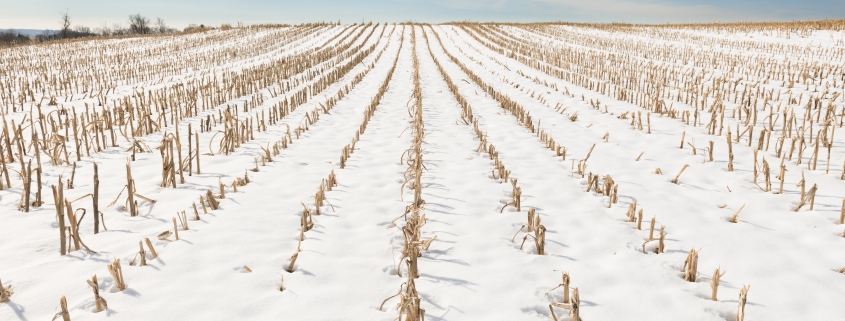IP Crop Network, March Report
This monthly feature from SSGA’s Agronomy Action Team highlights growing conditions for Identity Preserved crops from different regions around the country. Thanks to the states/regions that contributed this month. If you would like to contribute, please get in touch with David Kee or Shane Frederick. You should also follow David Kee on Twitter for some of the latest, most-interesting information on agronomy and research that affect IP and other farmers.
Minnesota
As winter begins to lose its grip on the state, Minnesota farmers are busy planning. Input availability still varies considerably across categories and locations. Farmers are still facing sticker shock on all inputs and services, however, fertilizer prices are dropping a bit. Of the farmers I chatted with, management plans in place are now versions P, Q and R. Most of the standard tillage and fertilizer applications occurred as scheduled last fall. Consequently, minor change in crop acreage allocation is anticipated, but spring rains and potential planting delays impacts may modify that.
Minnesota’s drought impacted area (D0-D2) has shrunk from 78% of the state on Dec. 6 to 57% in early March. The eastern third of the state is relatively drought-free. However, western Minnesota has limited subsurface water available; timely rains will be needed to make a good crop.
In the middle of February, soil temperatures, at 4-inch depth, ranged in the high 20s (oF) in the north (Crookston) and low 30s in the south (Lamberton). Reports that tile lines are still open indicate the frost line is relatively shallow. Farmers are cautiously optimistic of an early planting season, but April is still three weeks away.
— David Kee, Director of Research, Minnesota Soybean Research & Promotion Council
Missouri
Moisture levels in Missouri have made a promising turnaround since our last update. We now have less than 5% of the state designated in a drought. Farmers across the state are well-positioned as we approach planting for corn and soybeans.
Wheat condition from the windshield looks very positive, and many fields are starting to green up. Hopefully with the early green up, we avoid any damage from March frosts. Stands appear to be strong at this time.
Farmers in the southern part of the state have started tillage and planting is approaching quickly. Temperatures in February were 6 degrees above average and March has started out well above average so planters will start moving soon.
— Eric Oseland, Director of Agronomy and Research, Missouri Soybeans







Leave a Reply
Want to join the discussion?Feel free to contribute!